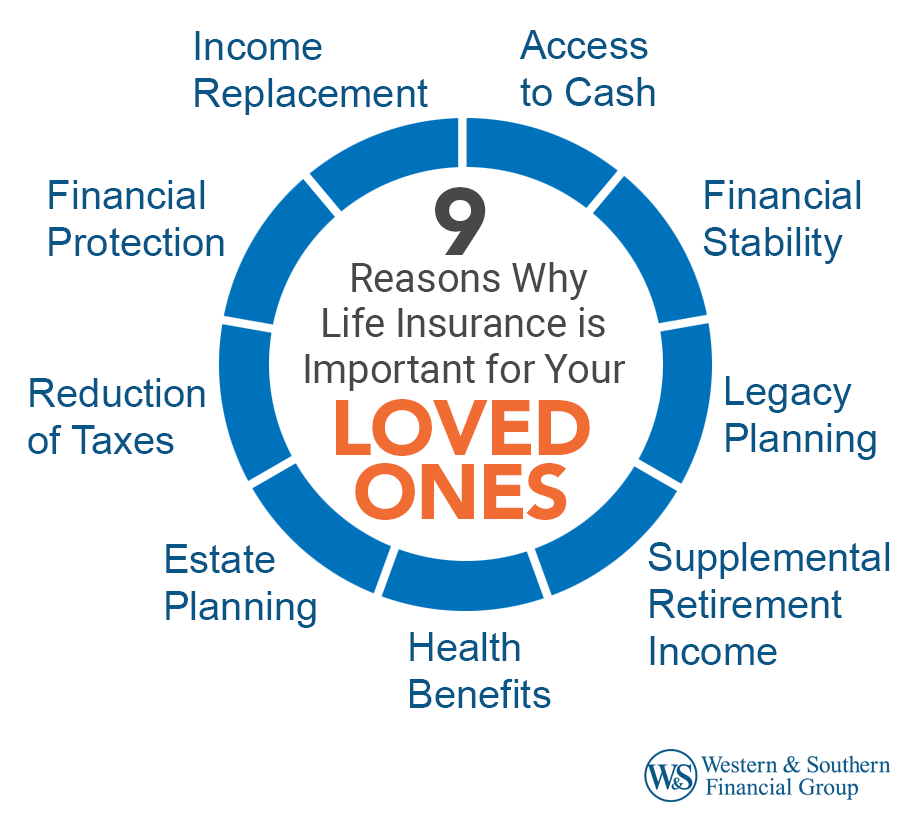The 7-Second Trick For Pacific Prime
The 7-Second Trick For Pacific Prime
Blog Article
Some Known Details About Pacific Prime
Table of ContentsThe Best Strategy To Use For Pacific PrimeGet This Report about Pacific PrimePacific Prime for BeginnersNot known Facts About Pacific PrimeLittle Known Facts About Pacific Prime.

This is due to the fact that the data were gathered for a duration of solid economic performance. Of the estimated 42 million individuals who were without insurance, just about concerning 420,000 (regarding 1 percent) were under 65 years old, the age at which most Americans end up being eligible for Medicare; 32 million were grownups between ages 18 and 65, about 19 percent of all grownups in this age; and 10 million were kids under 18 years of age, regarding 13.9 percent of all youngsters (Mills, 2000).
These quotes of the number of persons without insurance are produced from the annual March Supplement to the Present Populace Study (CPS), carried out by the Census Bureau. Unless otherwise noted, nationwide price quotes of people without health and wellness insurance policy and percentages of the populace with various sort of insurance coverage are based upon the CPS, the most commonly made use of source of estimates of insurance policy coverage and uninsurance prices.
5 Easy Facts About Pacific Prime Described

Still, the CPS is especially valuable since it produces yearly price quotes relatively promptly, reporting the previous year's insurance protection approximates each September, and because it is the basis for a regular collection of quotes for greater than 20 years, permitting evaluation of patterns in insurance coverage in time. For these factors, along with the substantial use the CPS in other studies of insurance policy coverage that exist in this record, we rely on CPS price quotes, with limitations noted.

The estimate of the variety of uninsured individuals increases when a population's insurance standing is tracked for a number of years. Over a three-year period starting early in 1993, 72 million people, 29 percent of the united state population, lacked protection for at least one month. Within a solitary year (1994 ), 53 million individuals experienced at the very least a month without insurance coverage (Bennefield, 1998a)
Six out of every 10 uninsured adults are themselves employed. Functioning does enhance the probability that one and one's family members will certainly have insurance policy, it is not a guarantee. Even members of family members with two full-time breadwinner have practically a one-in-ten chance of being uninsured (9.1 percent without insurance rate) (Hoffman and Pohl, 2000).
The 20-Second Trick For Pacific Prime
New immigrants make up a substantial proportion of individuals without medical insurance. One analysis has actually associated a significant section of the recent growth in the dimension of the U.S. without insurance populace to immigrants who showed up in the nation in between 1994 and 1998 (Camarota and Edwards, 2000). Current immigrants (those who pertained to the USA within the previous 4 years) do have a high rate of being uninsured (46 percent), yet they and their children account for simply 6 percent of those without insurance coverage country wide (Holahan et al., 2001).
The partnership in between medical insurance and accessibility to care is well developed, as documented later on in this chapter. The relationship between health insurance policy and health and wellness results is neither direct neither straightforward, a comprehensive clinical and health solutions research study literature links health and wellness insurance policy coverage to enhanced accessibility to care, far better quality, and enhanced personal and population health standing.
Levels of analysis for checking out the results of uninsurance. It concentrates particularly on those without any type of health insurance policy for any kind of length of time.
The Basic Principles Of Pacific Prime
The problems dealt with by the underinsured remain in some areas similar to those encountered by the without insurance, although they are generally much less severe. group insurance plans. Uninsurance and underinsurance, nevertheless, include noticeably different policy concerns, and the techniques for resolving them might vary. Throughout this research and the 5 records to follow, the major focus is on individuals without health and wellness insurance policy and therefore no support in spending for healthcare beyond what is offered with charity and security why not try this out internet organizations
Medical insurance is a powerful aspect affecting invoice of treatment because both individuals and medical professionals reply to the out-of-pocket cost of services - https://packersmovers.activeboard.com/t67151553/how-to-connect-canon-mg3620-printer-to-computer/?ts=1712004612&direction=prev&page=last#lastPostAnchor. Medical insurance, nevertheless, is neither required nor enough to get to clinical solutions. Nonetheless, the independent and direct effect of medical insurance coverage on access to wellness solutions is well developed.
Others will certainly acquire the health and wellness care they need even without medical insurance, by paying for it expense or seeking it from suppliers that offer care complimentary or at highly subsidized rates. For still others, medical insurance alone does not guarantee receipt of treatment as a result of various other nonfinancial obstacles, such as an absence of healthcare carriers in their area, restricted accessibility to transport, illiteracy, or linguistic and social distinctions.
An Unbiased View of Pacific Prime
Formal study regarding without insurance populaces in the USA dates to the late 1920s and early 1930s when the Committee on the Expense of Medical Treatment produced a series of reports about funding medical professional workplace gos to and hospitalizations. This issue came to be prominent as the numbers of clinically indigent climbed throughout the Great Anxiety.
Report this page